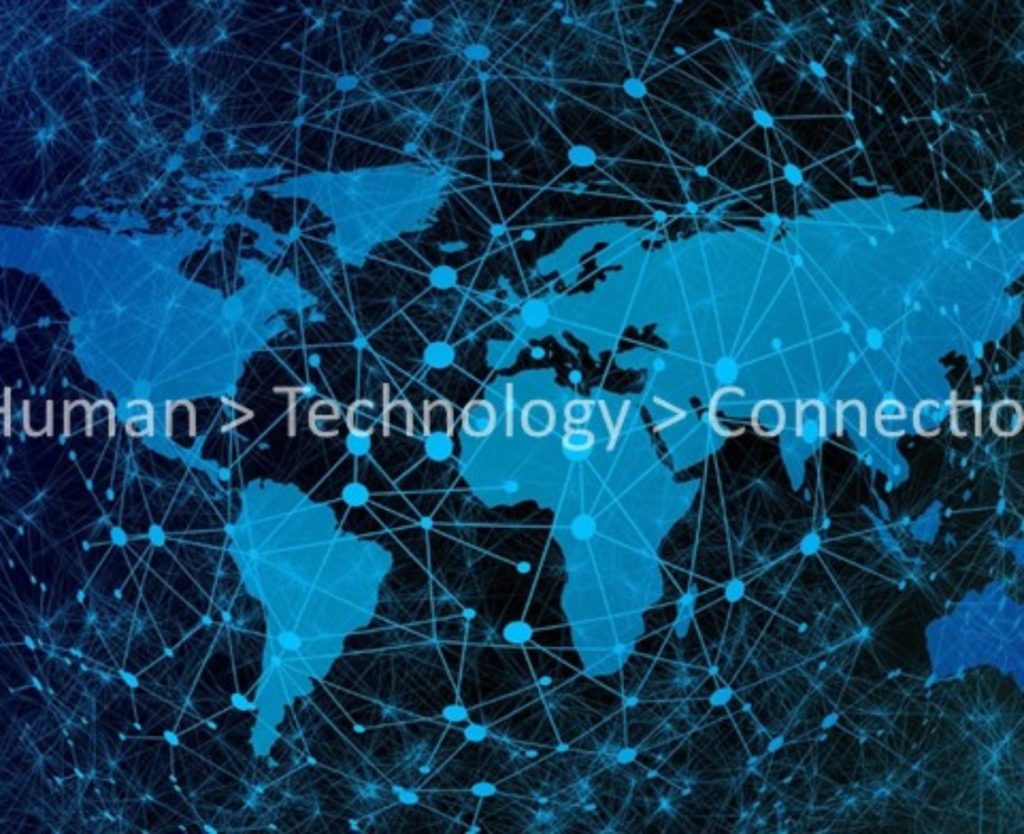As we close in on the end of 2020, one cannot escape the conclusion that it has been a year most of us have not witnessed in our lifetimes. Between the global pandemic, upheavals along political lines, reckonings with endemic racial injustice and gender equality, wildfires and hurricanes worsened by global warming, an economic recession, among other woes… We’ve had one very troublesome year.
And yet, I am also reminded that the human spirit has continued to endure in the face of this adversity. As a lifelong technologist, I’m proud to say technology has played a laudable role in keeping the “Civilization” afloat, businesses running and humans connected. Thanks to tech tools like social media, video conferencing (Zoom, GoToMeeting), cloud-based file sharing platforms (Google Docs, DropBox), among other tech wizardry – we’ve been able to work, attend school, conduct meetings large and small, collaborate and innovate, compose and perform, keep small businesses running with curbside service, and more.
We have also continued to make progress toward realization of the Internet of Things (IoT), as consumer devices around us – e.g. garage door openers, thermostats, home entry systems – have become smarter and connected. A recent eureka on that front came to me in the form of that humble yet ubiquitous appliance: The washing machine.
I’ll leave brand names out of it, as our firm must remain agnostic about such things, but earlier this year — after a few years of solid and worry-free performance – a family friend’s traditional washing machine he had at his rental property failed due to complications that stemmed from irreparably worn-out bearings. Suffice it to say he opted to invest in a new ‘smart’ washer from a well-known manufacturer. And when I say smart, boy do I mean smart: In describing what this one home appliance now does for him, I saw nearly all the promises and ‘hype’ of the much-vaunted Internet of Things (IOT) manifest right before my eyes.
- Connectivity to smartphone and a personalized account/dashboard in the cloud
- Remote control, monitoring and software updates (yes, software updates for a washing machine!)
- Historic performance data to predict and prevent costly failures
- Utilizing two-way communication to foster an ongoing, branded, and after-the-sale relationship with the manufacturer
- Connections and interoperability to other devices in my increasingly ‘smart’ home and beyond
- Auto maintenance: running a self-cleaning/calibration cycle to maintain optimum efficiency
They were all in evidence right there in my friend’s laundry room, a scant 20 years after Kevin Ashton at Proctor & Gamble first coined the term (in 1999) to succinctly describe the concept of ubiquitous, node-to-node connectivity that had begun to emerge earlier, in the 1980s.
Further, his new washer connected with the wireless capability of the adjacent dryer, seamlessly aligning their settings for optimum efficiency. Its app soon revealed otherwise hidden usage patterns of the washer (turns out our short-term tenants were using his washer as if they were at a commercial laundry, which in turn explained the prematurely worn bearings and absolutely contributed to my friend’s decision to purchase an extended warranty plan from the new washer’s OEM, equating to more revenue for said manufacturer.)
Crazy as it sounds, my pal’s experience turned out to be a technology bright spot – one of those silver linings I mentioned in my September 2020 blog – in an otherwise gloomy year.
Better still, this from-the-field IOT anecdote has renewed and compounded my excitement about the life-enhancing technologies emerging around us despite the challenges we’re facing on societal, environmental, and other fronts. Here, I’m thinking of:
- Autonomous vehicles like trucking, rail, maritime, drones (check out this story in the New York Times)
- Advanced energy-management and building systems technology
- 3D printing
- Virtual and augmented reality (gaming, training, communications)
- Industrial, commercial, and consumer robotics
- More connected & intelligent devices at home, door locks, lights, garage door openers, thermostats etc.
- Countless innovations afoot in the medical sector, such as interconnected medical equipment in hospital exam and operating rooms; telehealth solutions; at-home medical devices used by consumers (wifi connected and app-enabled detection of blood oxygen, blood glucose, sleep, and physical falls); AI-powered insights derived from personal electronic medical records and public health trends (real-time reporting, contract tracing, and predictive modeling associated with COVID-19 is just the beginning of this category)
Common to all of these connected technologies will be suppliers of next-gen components and assemblies (like CST) that enable forward-thinking innovations and strong partnerships with critical suppliers. Versatility (iterative design and scalable production), understanding and adapting to a customer’s fast-changing product development and process engineering schedules, a robust, multifaceted and multi-continent supply chain to maximize reliability of production are all critical things that company like CST delivers to make partnerships strong and fruitful.
So, yes, 2020 has been a crazy, problem-packed year. But it’s also yielded some promising reminders of how fun and exciting the next leg of the journey will be!
Need a printed circuit board assembly (PCBA) provider to help bring your intelligent and connected technology to life? Please contact me to discuss the possibilities, walk through CST’s capabilities, or initiate a quote.
– Shantanu R. Gupta,
CEO, Cascade Systems Technology

